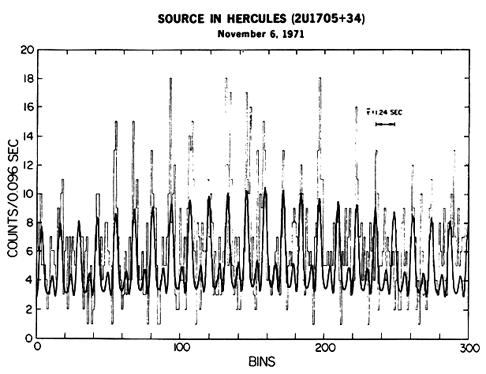|
Small Astronomy Satellite (other) , or SAS C or SAS 3, launched 1975
{{disambiguation ...
Small Astronomy Satellite may refer to: * Uhuru (satellite), or Small Astronomy Satellite A (SAS-A) or SAS 1, launched 1970 * Small Astronomy Satellite 2, or SAS B or SAS 2, launched 1972 * Small Astronomy Satellite 3 The Small Astronomy Satellite 3 (SAS 3, also known as SAS-C before launch) (Explorer 53) was a NASA X-ray astronomy space telescope. It functioned from 7 May 1975 to 9 April 1979. It covered the X-ray range with four experiments on board. The ... [...More Info...] [...Related Items...] OR: [Wikipedia] [Google] [Baidu] |
Uhuru (satellite)
Uhuru was the first satellite launched specifically for the purpose of X-ray astronomy. It was also known as the X-ray Explorer Satellite, SAS-A (for Small Astronomy Satellite A, the first of the three-spacecraft SAS series), SAS 1, or Explorer 42. The NASA observatory was launched on 12 December 1970 into an initial orbit of about 560 km apogee, 520 km perigee, 3 degrees inclination, with a period of 96 minutes. The mission ended in March 1973. Uhuru was a scanning mission, with a spin period of ~12 minutes. It performed the first comprehensive survey of the entire sky for X-ray sources, with a sensitivity of about 0.001 times the intensity of the Crab nebula. Objectives The main objectives of the mission were: * To survey the sky for cosmic X-ray sources in the 2–20 keV range to a limiting sensitivity of 1.5 × 10−18 joule/(cm2-sec), 5 × 10−4 the flux from the Crab Nebula * To determine discrete source locations with a precision of a few square minutes of arc ... [...More Info...] [...Related Items...] OR: [Wikipedia] [Google] [Baidu] |
Small Astronomy Satellite 2
The Small Astronomy Satellite 2, also known also as SAS-2, SAS B or Explorer 48, was a NASA gamma ray telescope. It was launched on 15 November 1972 into the low Earth orbit with a periapsis of 443 km and an apoapsis of 632 km. It completed its observations on 8 June 1973. Mission SAS 2 was the second in the series of small spacecraft designed to extend the astronomical studies in the X-ray, Gamma ray, gamma-ray, ultraviolet, visible, and infrared regions. The primary objective of the SAS-B was to measure the spatial and energy distribution of primary galactic and extragalactic gamma radiation with energies between 20 and 300 Electronvolt, MeV. The instrumentation consisted principally of a guard scintillation detector, an upper and a lower spark chamber, and a charged Particle physics, particle telescope. Launch The spacecraft was launched on 15 November 1972 into an initial orbit of about of Apsis, apogee, of Apsis, perigee, 1.90° of orbital inclination, with a ... [...More Info...] [...Related Items...] OR: [Wikipedia] [Google] [Baidu] |

